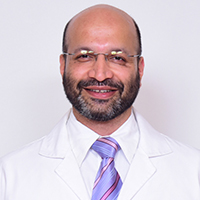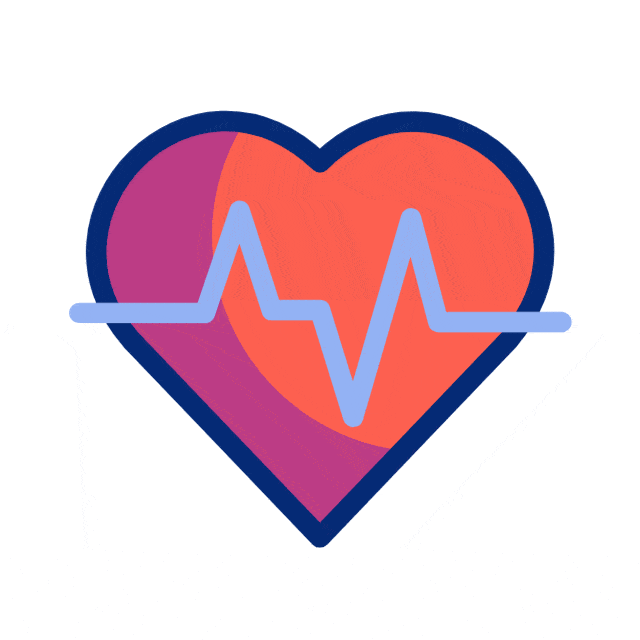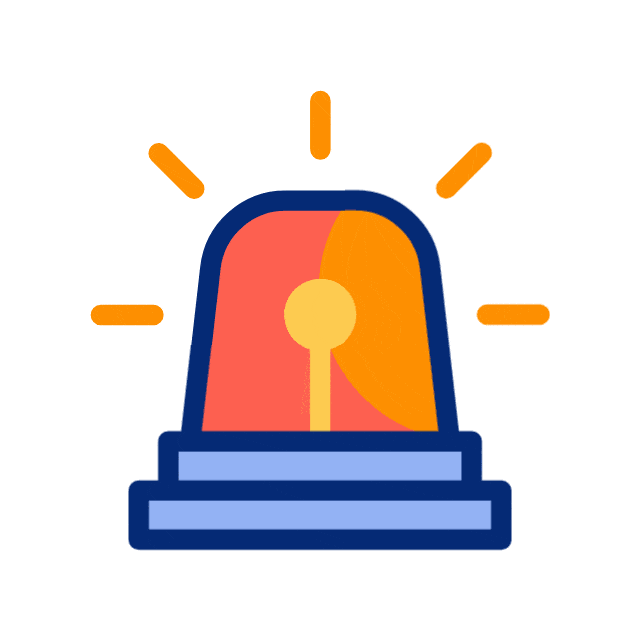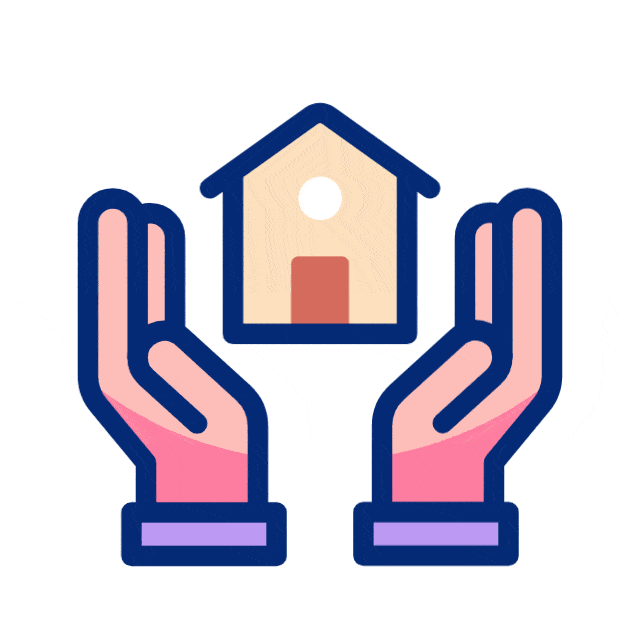
Emergency Medicine
6 Doctors
The emergency department is an extremely challenging environment for patients, families and medical personnel.It represents the unique combination of rapid data gathering, simultaneous prioritization and constant multi-tasking in a time constrained situation.It is a patient complaint -oriented speciality in which resuscitation and stabilization supersedes lengthy differentials and diagnostic precision.
To quote a landmark article by Schneider et al in the EM literature defines our speciality as one”……with the principle mission of evaluating, managing, treating and preventing unexpected illness and injury”.
As emergency medical care is an essential component of a comprehensive health care delivery system, services are available 24 hours a day.
General principals of treatment in the ED is to address the life threatening issues on priority with ABCDE in primary & secondary surveys.
A- airway, B- breathing , C- Circulation, D- disability E-exposure.
Includes intensive monitiring of vital parameters supported by adjuncts like X-ray, essential blood investigations, ABG, blood glucose & also super specialist consultation & referance.
Basic life support
- Advanced cardiac life support
- Paediatric advanced life support
- Advanced trauma life support
- Acute pain management in the ED by peripheral nerve blocks
- Intensive care management of unstable patients
SERVICES PROVIDED
- Airway management (intubation & ventilatory support)
- Inter-costal drainage catheter placement
- Central vein cannulation .
- Ultra sound imaging (POCUS) in the ED.
- E-FAST (extended focused abdominal sonography in trauma)
- Fluid resuscitation / blood transfusion
- Dialysis cath insertion & HD management.
- Non-invasive & invasive ventilatory management.
- Road traffic accidents with severe head injury &
- poly trauma requiring ICU /HDU care
- Acute myocardial infarction (MI) requiring
- stabilization & immediate cardiac interventions (CAG)
- Cerebrovascular accidents (CVA) stroke / intra
- cranial bleeds requiring immediate imaging by
- CT/MRI may require neuro surgical intervention /ICU care / ventilatory support.
- Shortness of breath ( asthma , COPD ,pnemonia)
- Unconscious /Fainting/ disoriented patients for
- further evaluation & management
- Burns-electrical, chemical
- Stab wounds /penetrating injuries.
- Epileptic seizures management
- Acute Abdominal pain
- GI bleeding
- Acute febrile illness
- Animal bites
- Poison / intoxications
- Spinal injuries
- Cardiac arrest resuscitation & management
- Diabetic & hypertensive emergencies
- Other endocrinal emergencies.
- Undifferenciated Shock management..
- Partial hanging /near drowing
OPD
Emergency Department Services cover evaluation, resuscitation and treatment of all emergency conditions. It involves both prehospital and in hospital emergency services of the following types
- Cardio respiratory emergency services
- Surgical emergency services
- Trauma emergency services
- Medico Legal Emergency service
- Endocrinal Emergency Services
- Obstetrics and Gynecological emergency services
- Infectious diseases emergency services
- Emergency Ambulance Services
- Burns emergency services.
- All types of Neurological & Neurosurgical emergencies
- All types of pediatric and Geriatric emergency
Extension Activities
- Pre-hospital emergency medical services
- BLS and ACLS training programs
Critical Care
- Immediate CPR (cardiopulmonary resuscitation) services
- NIV – non-invasive ventilation
- Invasive mechanical ventilation
- Thrombolysis in Acute CVA
- Immediate mobilization to PCI
Others
- Point of care ultrasonography and lab services to aid in immediate diagnosis
| Sl. No. | Name of the equipment |
|---|---|
| 1 | Cardiac monitors with cables |
| 2 | Infusion pump with power cord |
| 3 | Ventilators with tubings |
| 4 | Crash cart |
| 5 | Defibrillator |
| 6 | Oxygen with cylinder stand |
| 7 | EPOC – ABG with biochemical analyser, Cardiac markers |
| 8 | ECG machine with cable |
| 9 | Portable Ultrasound machine |
| 10 | Portable X-ray machine |
| 11 | Glucometer |
| 12 | Nebuliser |
| 13 | Stethoscope |
| 14 | Sphygmomanometer |
| 15 | Thermometer |
| 16 | Intubation set with accessories |
| 17 | Difficult airway cart |
| 18 | ETCo2 monitor |
| 19 | Disaster trolley |
| 20 | Central oxygen and suction facility |
| 21 | Pulse oximeter |
| 22 | Ambu bag |
Ongoing
- Comparative study of Ultrasound-guided Three-in-one Femoral Nerve Block Versus Parenteral Opioids for Analgesia in Older Adults with Hip Fractures attending Emergency Department.
- A clinical study on the Injury severity scoring and Emergency severity index to Predict the outcome in Elderly attending emergency medicine department of a tertiary care center with trauma











